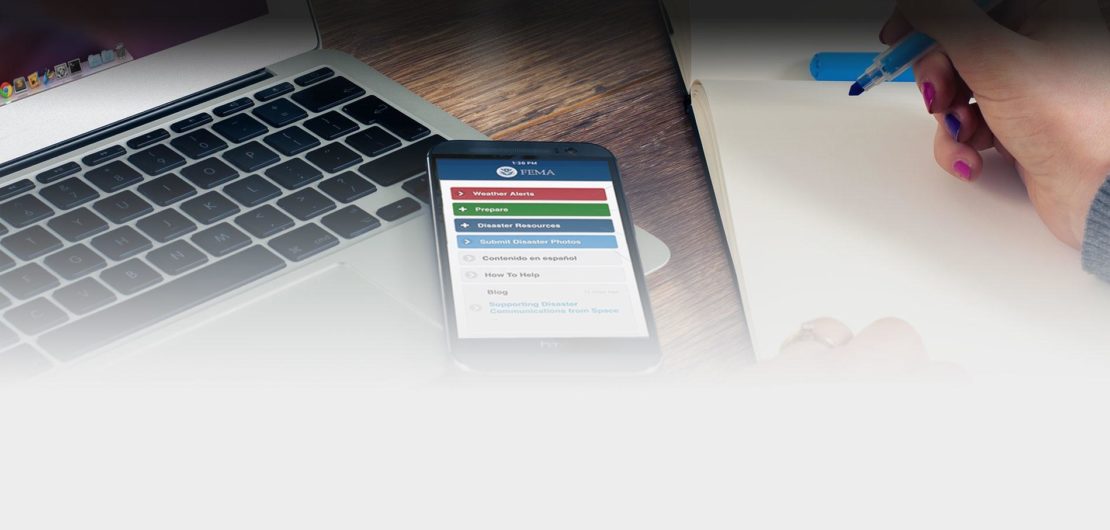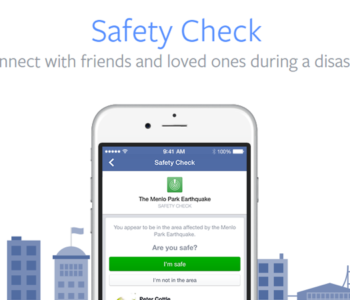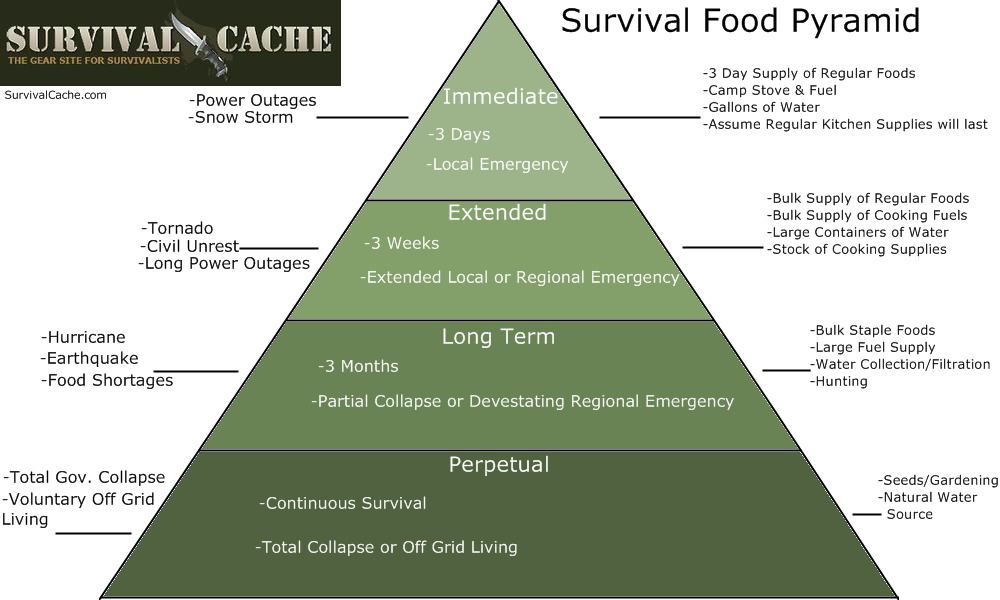 General
General
Get Tech Ready
According to The American Red Cross, the internet – including online news sites and social media platforms – is the third most popular way for Americans to gather emergency information and let their loved ones know they are safe.
Through the use of everyday technology, individuals, families, responders and organizations can successfully prepare for, adapt to and recover from disruptions brought on by emergencies and/or disasters. With effective planning, it is possible to take advantage of technology before, during and after a crisis to communicate with loved ones and manage your financial affairs.
FEMA Text Messages
Use your cell phone’s text messaging capability to receive text message updates from FEMA (standard message and data rates apply).
Here are basic commands to get started:
- To signup to receive monthly preparedness tips: text PREPARE to 43362 (4FEMA)
- To unsubscribe (at any time): text STOP to 43362 (4FEMA)
Stay Connected
Keep your contacts updated across all of your channels, including phone, email and social media. This will make it easy to reach out to the right people quickly to get information and supply updates. Consider creating a group list serve of your top contacts.
- Learn how to send updates via text and internet from your mobile phone to your contacts and social channels in case voice communications are not available. Text messages and the internet often have the ability to work in the event of a phone service disruption.
- Keep extra batteries for your phone in a safe place or purchase a solar-powered or hand crank charger. These chargers are good emergency tools to keep your laptop and other small electronics working in the event of a power outage. If you own a car, purchase a car phone charger because you can charge your phone if you lose power at your home.
- Program “In Case of Emergency” (ICE) contacts into your cell phone so emergency personnel can contact those people for you if you are unable to use your phone. Let your ICE contacts know that they are programmed into your phone and inform them of any medical issues or other special needs you may have.
- If you have a traditional landline (non-broadband or VOIP) phone, keep at least one non-cordless reciever in your home because it will work even if you lose power.
- If you are evacuated and have call-forwarding on your home phone, forward your home phone number to your cell phone number.
- If you do not have a cell phone, keep a prepaid phone card to use if needed during or after a disaster.
- Prepare a family contact sheet. This should include at least one out-of-town contact that may be better able to reach family members in an emergency.
- Have a battery-powered or hand-cranked radio or television available (with spare batteries).
The following are additional tips when making phone calls and using your smartphone during or after a disaster:
- Keep all phone calls brief. If you need to use a phone, try to convey only vital information to emergency personnel and/or family.
- If you are unsuccessful in completing a call using your cell phone, wait ten seconds before redialing to help reduce network congestion.
- Conserve your cell phone battery by reducing the brightness of your screen, placing your phone in airplane mode, and closing apps you are not using that draw power, unless you need to use the phone.
- If you lose power, you can charge your cell phone in your car. Just be sure your car is in a well-ventilated place (remove it from the garage) and do not go to your car until any danger has passed. You can also listen to your car radio for important news alerts.
- If you do not have a hands-free device in your car, stop driving or pull over to the side of the road before making a call. Do not text on a cell phone, talk, or “tweet” without a hands free device while driving.
- Immediately following a disaster, resist using your mobile device to watch streaming videos, download music or videos, or play video games, all of which can add to network congestion. Limiting use of these services can help potentially life-saving emergency calls get through to 9-1-1.
- For non-emergency communications, use text messaging, e-mail, or social media instead of making voice calls on your cell phone to avoid tying up voice networks. Data-based services like texts and emails are less likely to experience network congestion. You can also use social media to post your status to let family and friends know you are okay. In addition to Facebook and Twitter, you can use resources such as the American Red Cross’s Safe and Well program.









